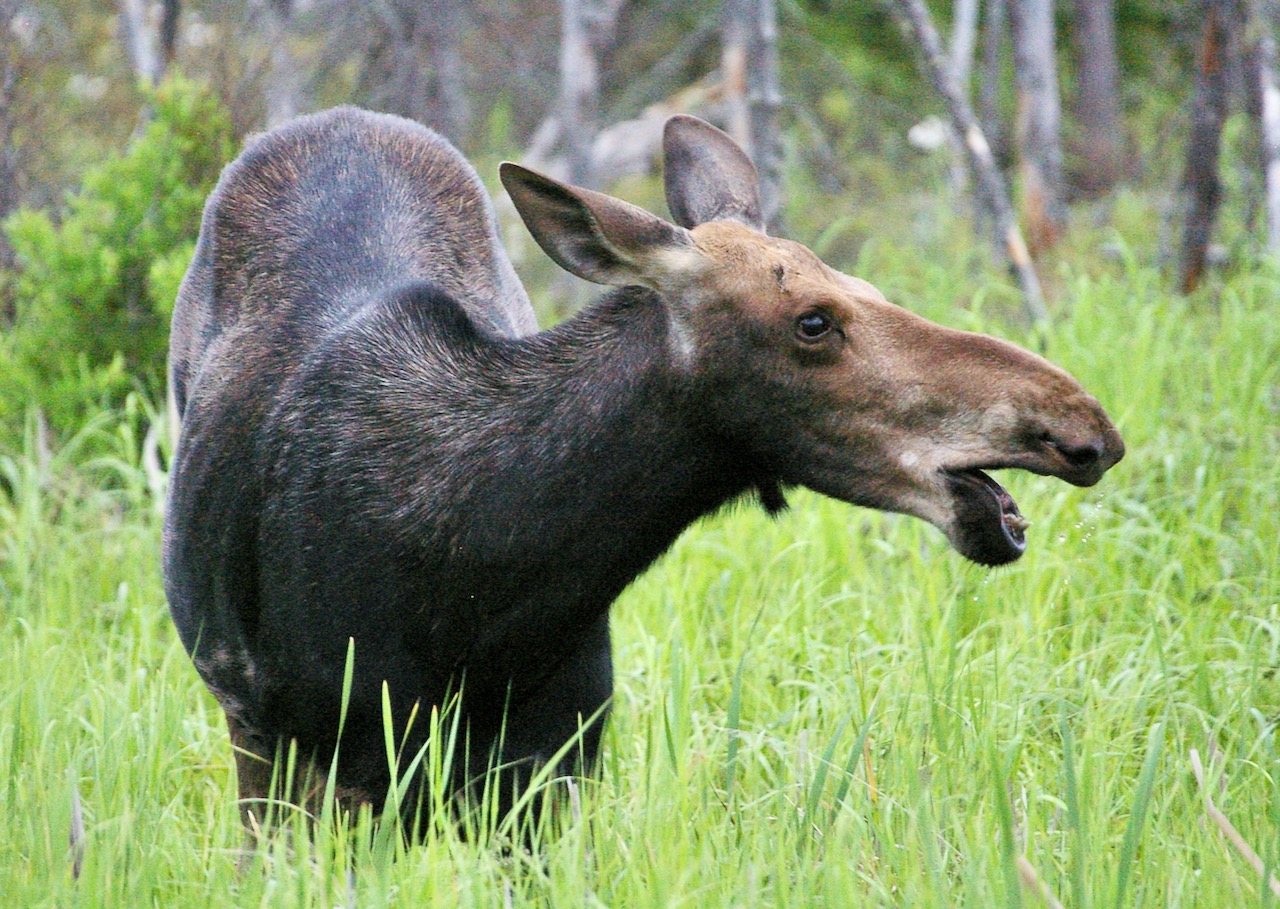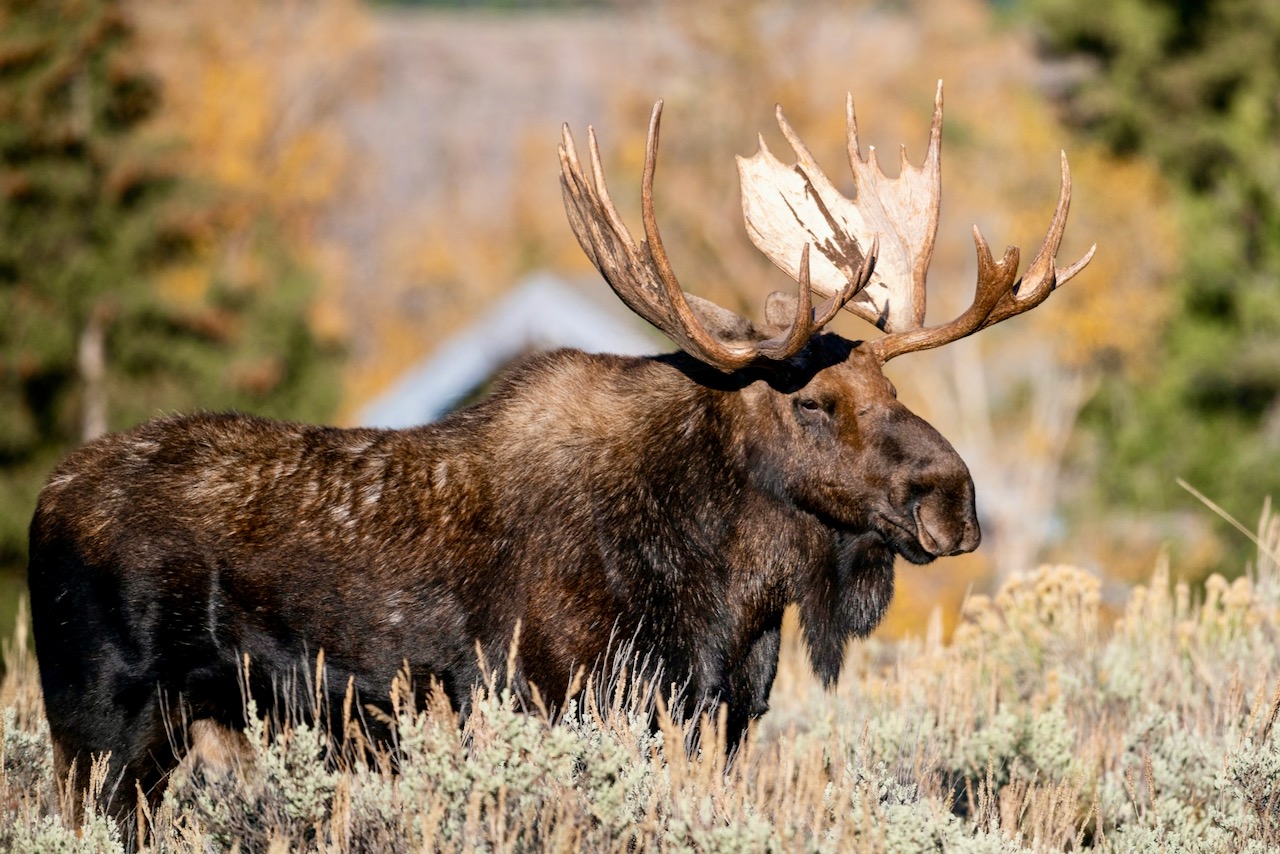MANIPULATING MOOSE
How to completely outwit a bull into thinking you’re a cow, and lure him into range
Advertisement

#2 CALLING
A cow is only in estrus for a few days during each of her three-month cycles, and calls when she is in dire need of a mature suiter. To mimic this, the vast majority of moose hunters use a basic cow call, which they learn to perform from a hunting mentor or instructional video. For those not comfortable using their own voice, electronic calls provide pre-recorded moose vocalizations.
The most common mistake is to broadcast a monotone drawn out call that is repeated several times. Instead, emotion and urgency are the key to realism, so vary the expelled air, volume and pitch by elevating your calling horn from the ground towards the sky and back. Cupping hands and shaking adds quivering overtones.
Advertisement
Calling intricacies also include the frequency, form, duration and time of day. I’ve learned not to call much before legal shooting time, as a bull can appear immediately. If at twilight you hear a distant response, quietly leave and come back early the next morning, then set up several hundred yards away in a different position. Start calling softly with longer periods between calls, assuming the bull made its way closer during the night to investigate the source. Failing an immediate reply, increase the volume and frequency, then end your session by mid-morning if the bull does not appear.
For evening sessions, set up early (3 to 4 p.m.) and don’t call for the first hour to let things settle. Start slowly with a lower volume and longer periods between calls. As with most big game, the action likely won’t pick up until after 7 p.m.
Calling intricacies also include the frequency, form, duration and time of day
When interacting with a responding bull, don’t dominate the calling, and keep the intensity level on par with his volume and frequency. Aggressive intimidation should remain a last resort for the most dominant bulls. Otherwise, it will usually scare off nearby subordinate bulls.
Advertisement
With enough encounters, you can accurately estimate the size of an unseen bull by both the depth of the grunt (the deeper the grunt, the larger the chest) and the sound of raking antlers against brush and trees (the more forceful, the bigger and wider the rack). During a stalemate when the bull’s forward momentum stops, add a bawling calf call to the cow sequence. This changes up the scenario and doubles down on realism.
If you only have a brief time to hunt, try this run-and-gun tactic. After dark, make long distance calls in several locations at least five kilometres apart, where creeks or swamps intersect. Then return just before first light and repeat. You will usually find fresh tracks where you stood and called the night before, as moose have the ability to triangulate the precise spot of a call. If you don’t get a reply at the first spot after 20 minutes, move on to the next location. Once the first series of calls are placed, restrict non-natural noises such as coughing, sneezing, zippers and metallic clicks that can put the brakes on an approaching silent bull.

